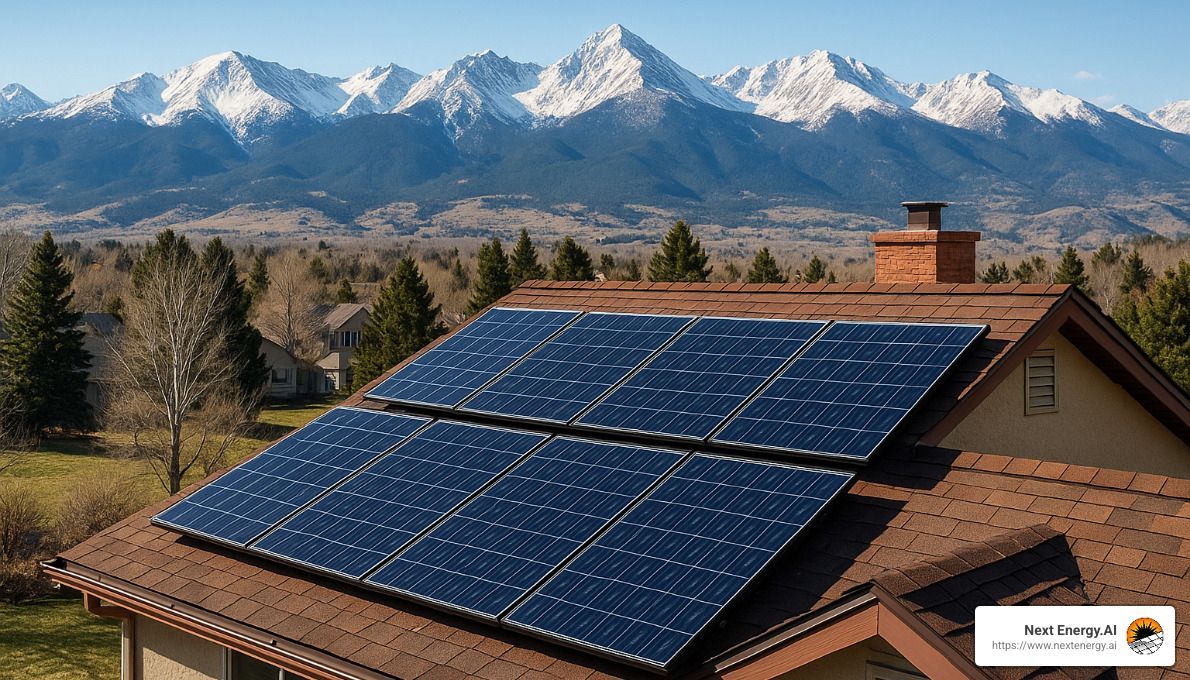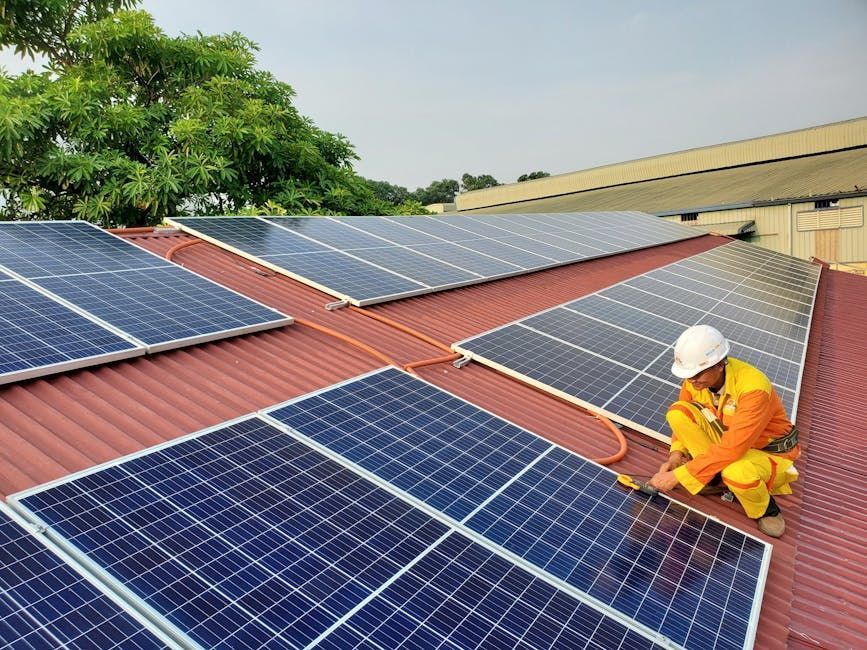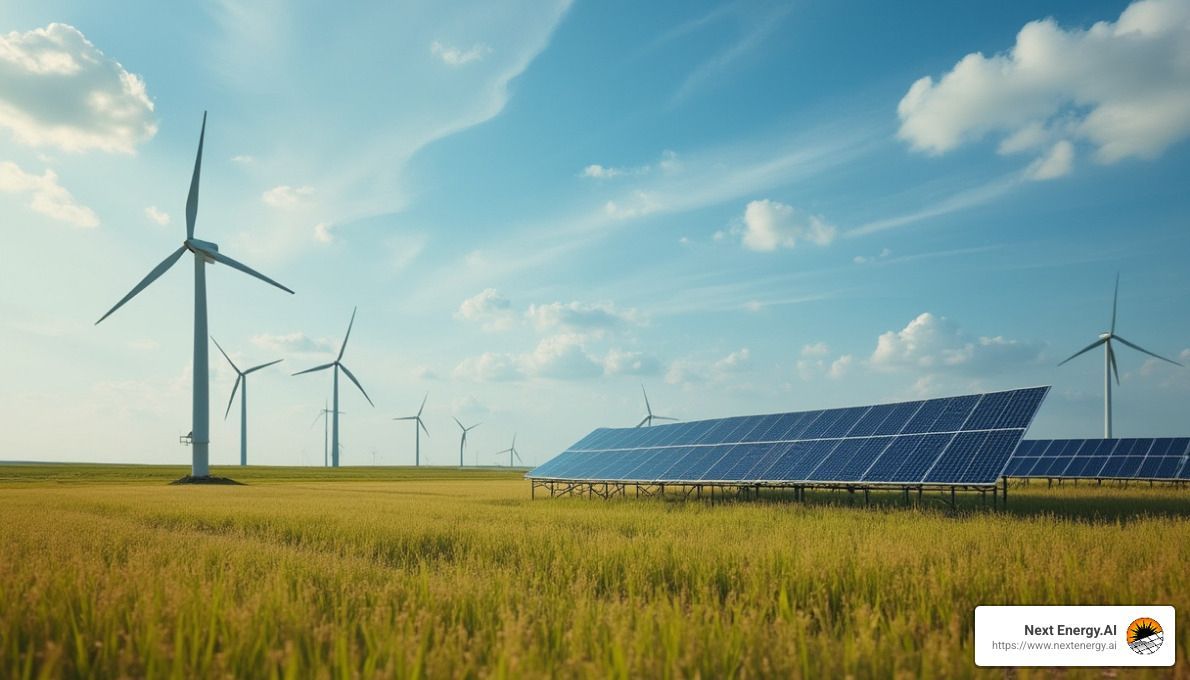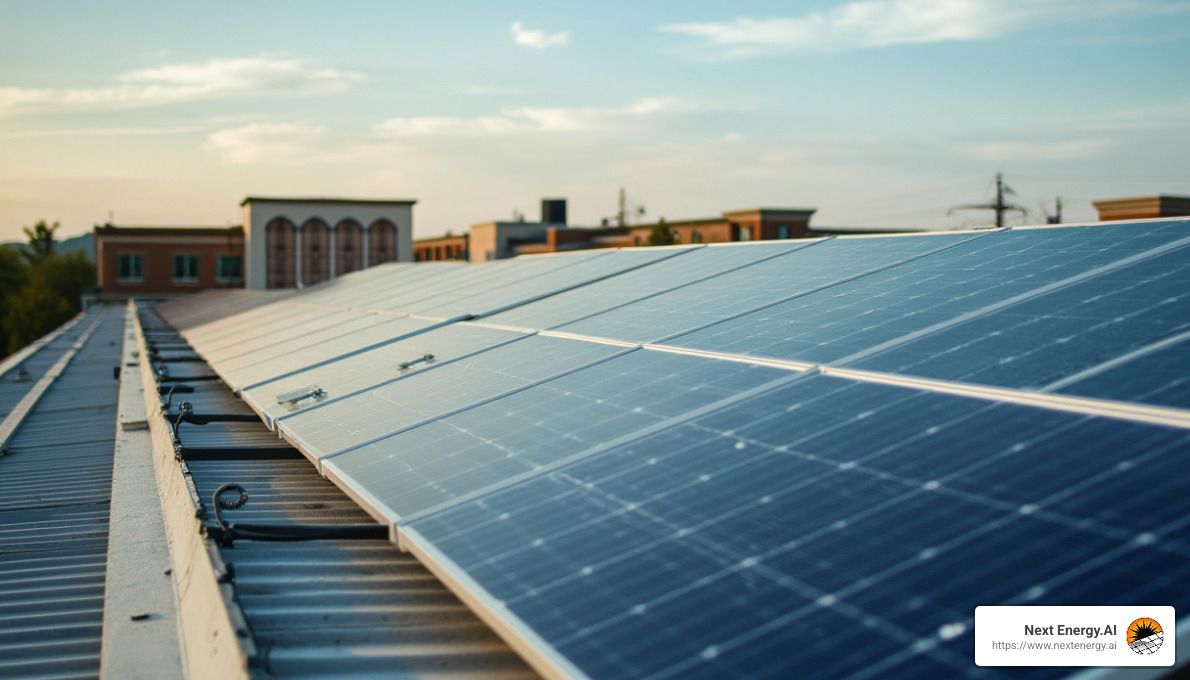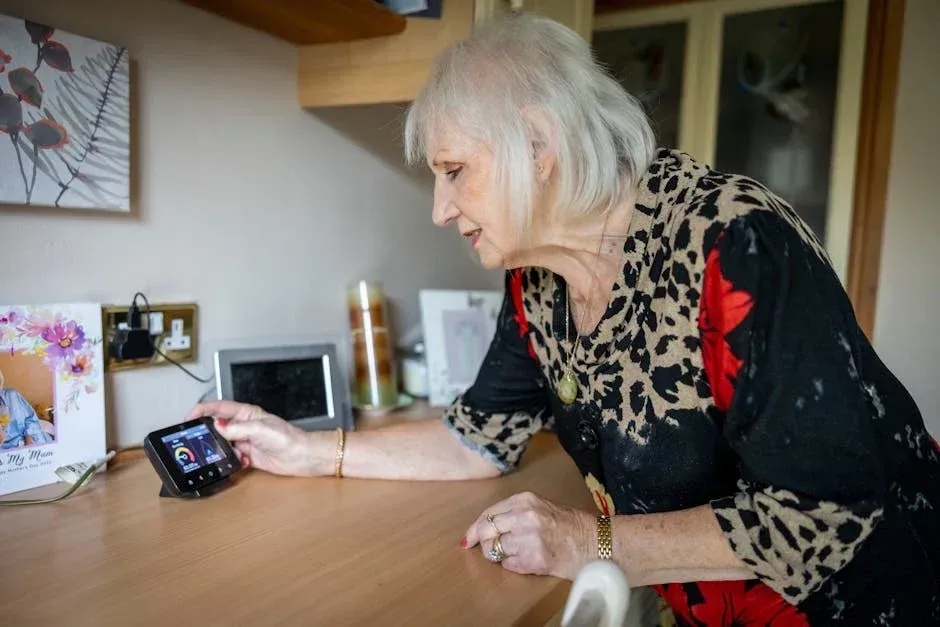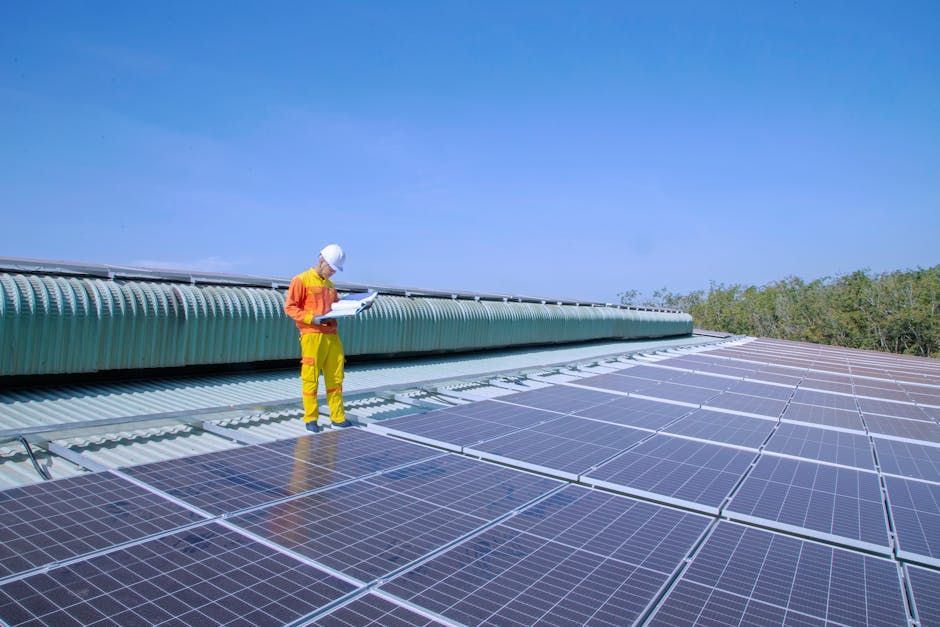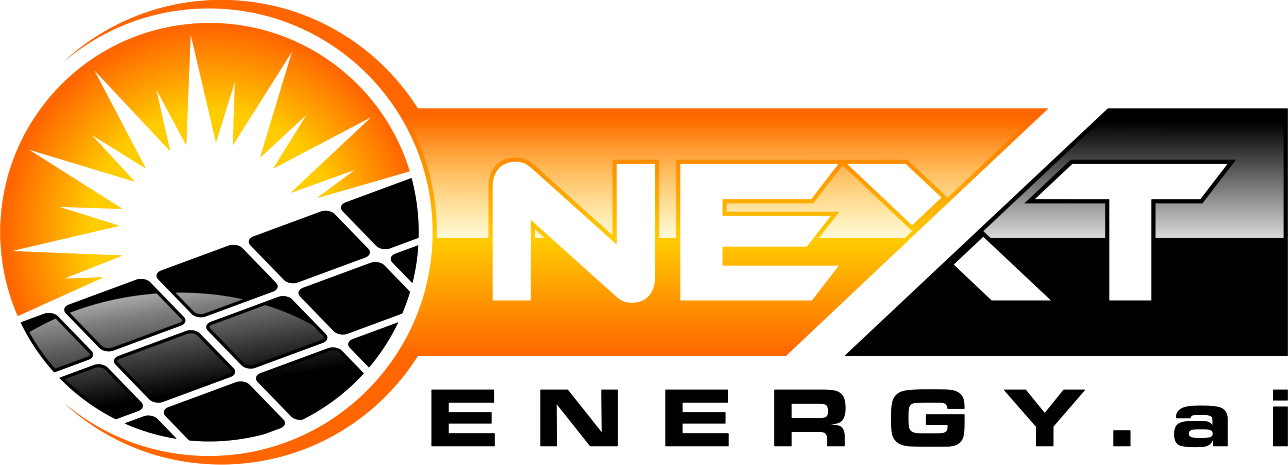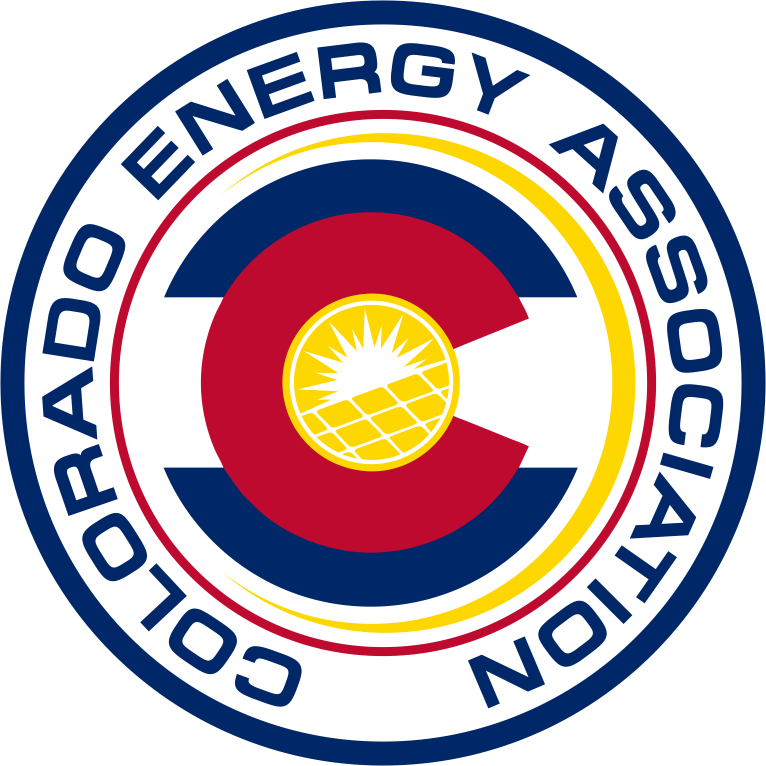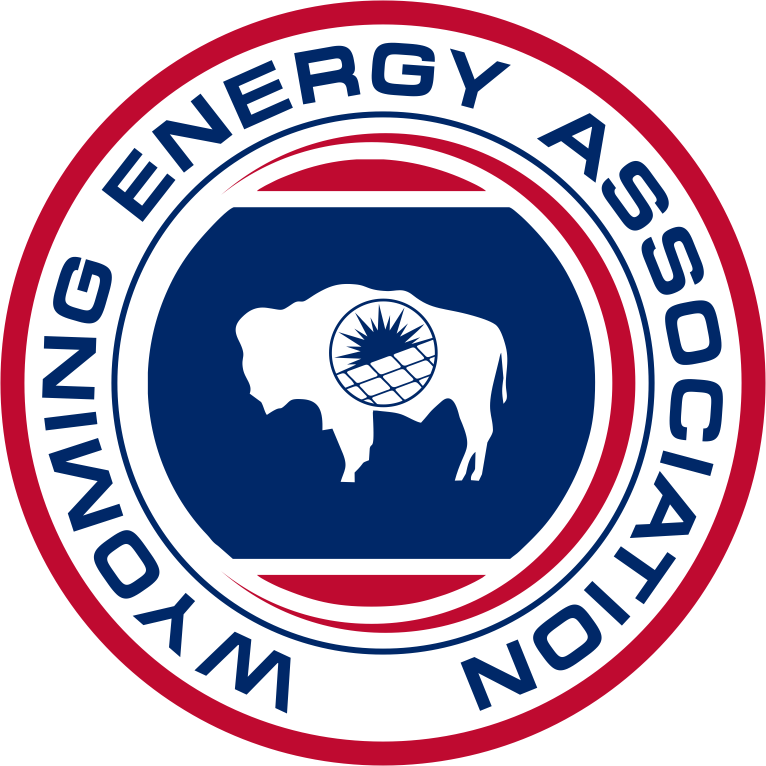Watt's Up? Monitoring Your Home's Appliance Energy Consumption
Looking for a way to monitor electricity usage by appliance and make your home more energy-efficient? You're in the right place. Understanding how much electricity your appliances consume can be the first step toward saving money and reducing your carbon footprint. Here's a quick guide:
- Energy Guide Label: Check for this label on new appliances for estimated energy usage.
- Electricity Usage Monitor: Plug it in to measure your devices' power consumption.
- Annual Consumption Calculations: Use simple formulas to estimate yearly energy use and cost.
- Real-time Monitoring: Install a system like Wiser Energy for minute-by-minute insights.
By taking these steps, you'll be able to make informed decisions about your appliances and potentially invest in more energy-efficient models.
As you begin your journey to better energy efficiency, monitoring not only helps cut costs but also reduces your home's environmental impact. A quarter of all UK CO2 emissions originate from individual homes, with energy wastage contributing significantly. Lowering your energy consumption can play a crucial role in combating climate change.
My name is Spencer Gordon, the CEO of Next Energy.AI. With a background in renewable energy and years of experience helping homeowners monitor electricity usage by appliance, I've seen the difference that mindful energy management can make. Next, we'll explore deeper insights on how you can track and optimize your appliance energy consumption.
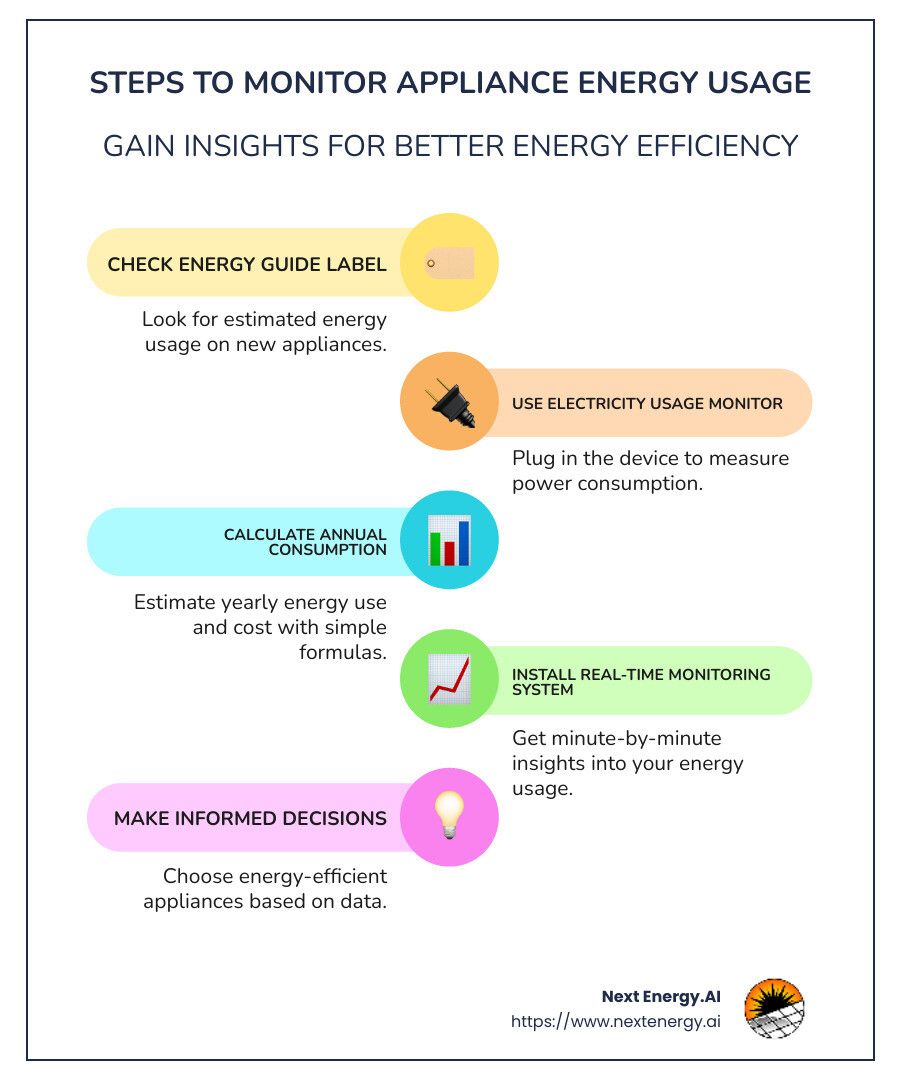
Understanding Appliance Energy Usage
When it comes to managing your home's energy efficiency, understanding appliance energy usage is key. Let's break down some important concepts: electricity usage, wattage, and kilowatt-hours.
Electricity Usage
Every appliance in your home requires electricity to function. The amount of electricity an appliance uses is measured in watts. This is a measure of the electrical power it consumes when in operation. For example, a typical light bulb might use about 60 watts, while a refrigerator could use between 100 and 800 watts, depending on its size and efficiency.
Wattage
Wattage is crucial because it helps you understand how much power an appliance requires. You can often find the wattage on the appliance's label. For instance, a kettle might have a wattage of 1500 W, meaning it uses 1500 watts of power when turned on.
Kilowatt-Hours
To get a clearer picture of energy consumption over time, we use kilowatt-hours (kWh). This unit measures how much electricity is used over a period. One kilowatt-hour is equal to using 1000 watts for one hour.
Here's a simple formula to calculate energy usage:
[ \text{Energy Consumption (kWh)} = \frac{\text{Wattage} \times \text{Hours Used}}{1000} ]
For example, if you use a 1500 W kettle for 1 hour, it consumes 1.5 kWh of electricity.
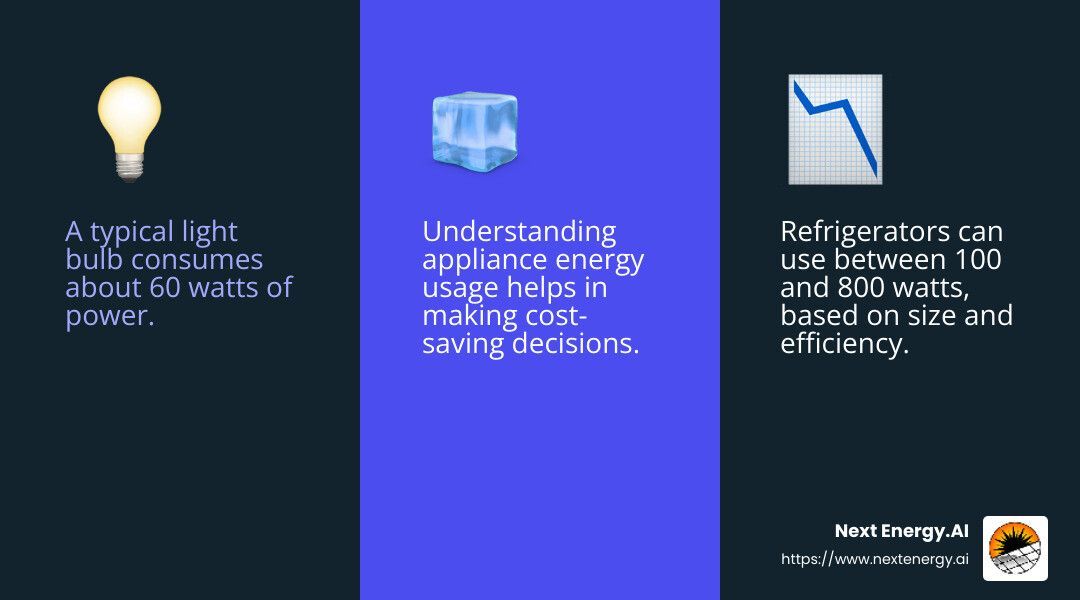
Why It Matters
Knowing how much electricity your appliances use helps you make informed decisions. By tracking appliance energy usage, you can identify energy hogs in your home and consider upgrading to more efficient models. This not only saves money but also reduces your environmental impact.
In the next section, we'll dig into practical ways to monitor electricity usage by appliance and the tools that can help you achieve this.
How to Monitor Electricity Usage by Appliance
Monitoring the electricity usage of your appliances is a smart way to save money and reduce your environmental footprint. There are several tools and methods available that make this process easy and effective.
Electricity Usage Monitors
An electricity usage monitor is a handy device for tracking how much power individual appliances use. These monitors are simple to use: plug them into an outlet, then plug your appliance into the monitor. They display the appliance's wattage and can track energy consumption over time, showing you how many kilowatt-hours (kWh) it uses.
These devices are particularly useful for spotting "phantom loads"—the power that appliances draw even when they're turned off. By identifying these loads, you can take steps to reduce unnecessary energy use, such as unplugging devices or using power strips to cut power completely.
Smart Meters
Smart meters are a more comprehensive solution. They provide real-time data on your entire home's energy consumption. Unlike traditional meters, smart meters communicate directly with your utility company, offering detailed insights into your energy usage patterns.
Smart meters can help you understand peak usage times and adjust your habits accordingly. Some models even integrate with mobile apps, allowing you to monitor and control your energy use remotely.
Plug Load Monitors
Plug load monitors are another effective tool for measuring electricity usage by individual appliances. Similar to electricity usage monitors, these devices plug into an outlet and measure the power consumption of any device connected to them. They often come with additional features, such as overload protection and cost calculators, to help you manage your energy expenses better.
Plug load monitors are ideal for appliances that are known energy hogs, like refrigerators and air conditioners. By keeping an eye on their usage, you can make informed decisions about when to use these appliances to maximize efficiency.
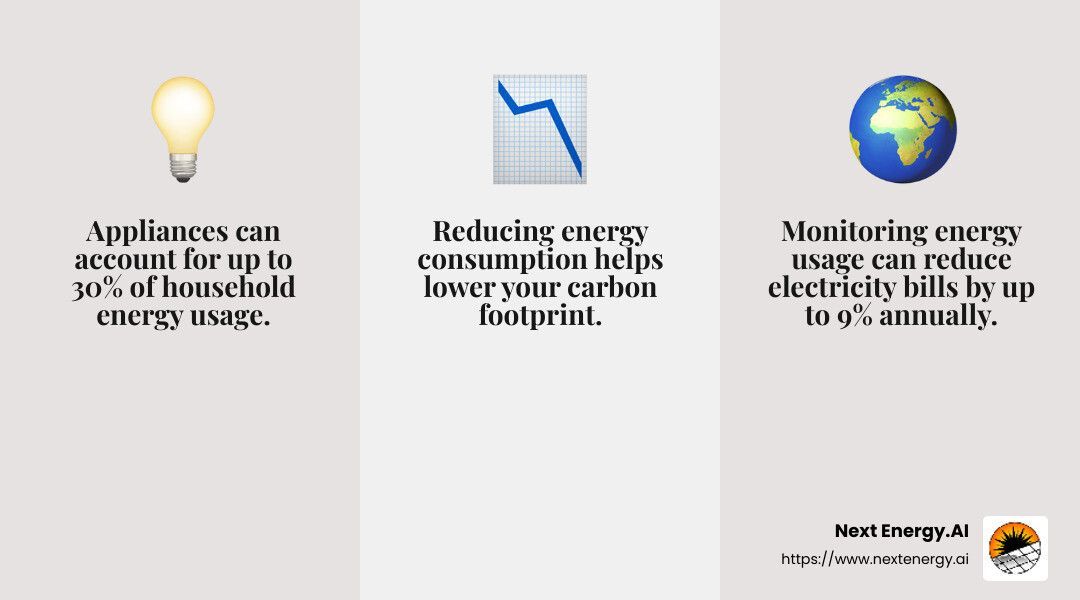
Why Monitoring Matters
Using these tools, you can gain valuable insights into your home's energy consumption. This information can lead to significant cost savings, as some studies estimate that using energy monitors can reduce your electricity bill by up to 9% annually. By identifying inefficient appliances and adjusting your usage patterns, you can make your home more energy-efficient and environmentally friendly.
In the next section, we'll explore some of the top tools available for monitoring appliance energy consumption.
Top Tools for Monitoring Appliance Energy Consumption
Monitoring your appliance energy consumption is easier than ever with a variety of tools designed to help you track and manage electricity usage by appliance. Here are some of the top tools available:
Emporia Vue 3
The Emporia Vue 3 is a powerful tool for understanding your home's energy consumption. Installed directly into your electrical panel, it provides detailed, real-time data on your overall energy use. With the addition of up to 16 sensors, you can monitor specific appliances or circuits, making it easier to identify energy hogs and unusual activity, such as a constantly running sump pump.
The Emporia Vue 3 integrates with smart devices and allows you to automate energy management through its app, which can help you save on electricity costs by optimizing usage during off-peak hours. It's an excellent choice for those who want a comprehensive view of their home's energy consumption.
Sense Energy Monitor
The Sense Energy Monitor offers a different approach by using machine learning to identify and track the electricity usage of individual devices in your home. It connects to your electrical panel and starts recognizing appliances based on their energy signatures. While some users find the process slow, with the monitor typically identifying 20 to 30 devices in its first year, many appreciate the insights it provides.
Sense also integrates with smart home devices like Philips Hue bulbs and Wemo plugs, allowing for improved control and automation. Though it can be challenging to achieve perfect accuracy, the Sense monitor is a valuable tool for those interested in a technology-driven solution to monitor electricity usage by appliance.
IoTaWatt
The IoTaWatt is another versatile tool for monitoring energy consumption. It's an open-source energy monitor that offers flexibility and customization. IoTaWatt can track multiple circuits simultaneously, providing detailed data on your home's energy use. It supports integration with various platforms for data analysis and visualization, making it a favorite among tech-savvy users.
With IoTaWatt, you can monitor specific appliances and circuits, helping you identify inefficiencies and optimize your energy usage. The device is especially useful for those with technical skills who want to tailor their energy monitoring system to fit their needs.
These tools provide valuable insights into your home's energy consumption, enabling you to make informed decisions about reducing energy use and saving money. In the next section, we'll dig into the benefits of monitoring your appliance energy usage.
Benefits of Monitoring Your Appliance Energy Usage
Monitoring your appliance energy usage offers several benefits that can have a significant impact on your wallet and the environment. Here's how:
Cost Reduction
By tracking the energy usage of individual appliances, you can pinpoint which ones are driving up your electricity bill. For instance, using energy monitoring solutions can help you identify and address inefficiencies, potentially saving you a significant percentage on your electric bills. This means you can adjust your usage or replace outdated, energy-guzzling appliances, leading to substantial savings over time.
Energy Efficiency
Understanding your energy consumption patterns helps you make your home more energy-efficient. With real-time data, you can adjust your usage during off-peak hours when electricity is cheaper. This not only reduces your costs but also decreases the strain on the power grid, contributing to a more sustainable energy future.
Behavioral Changes
When you become aware of how much energy your appliances use, you're more likely to change your habits. For example, many people don't realize the impact of "phantom loads"—energy consumed by devices even when they're turned off. By using an electricity usage monitor, you can identify these energy vampires and unplug them when not in use. Studies show that engaging with your energy data can lead to a 16% reduction in annual energy consumption when combined with smart technologies like thermostats and lighting.
These benefits highlight how monitoring electricity usage by appliance not only saves money but also promotes a more energy-conscious lifestyle. In the next section, we'll address some frequently asked questions about monitoring appliance energy usage.
Frequently Asked Questions about Monitoring Appliance Energy Usage
Can you measure electricity usage by an appliance?
Absolutely! You can measure the electricity usage of an appliance using a power meter. These handy devices plug directly into your wall outlet and the appliance, showing you how many watts (W) the appliance uses. This is especially useful for identifying "phantom loads," or the energy your devices consume even when they're off.
Knowing the wattage helps you calculate electricity costs. You can convert watts to kilowatt-hours (kWh)—the unit your utility company uses to charge you—by multiplying the watts by the number of hours the appliance is used and dividing by 1,000. For example, if a 100-watt bulb runs for 10 hours, it uses 1 kWh (100 watts x 10 hours ÷ 1,000).
How do I check my appliance electricity consumption?
To check your appliance's electricity consumption, you can use a smart meter or a plug load monitor. Smart meters are installed by utility companies and provide detailed insights into your overall home energy use. They can show you real-time data and historical usage, helping you make informed decisions about when to use certain appliances.
For more granular data, a plug load monitor is ideal. These devices give you specific information about each appliance's energy use, including watt-hours and kilowatt-hours. You can track how much each appliance contributes to your electricity bill and adjust your usage accordingly.
Is there a device to monitor electricity usage?
Yes, there are several devices to monitor electricity usage. Some popular options include electricity usage monitors, smart meters, and mobile apps.
Electricity usage monitors, like the ones mentioned earlier, are perfect for individual appliances. They provide real-time data on how much energy an appliance uses, helping you identify energy hogs.
Smart meters, on the other hand, are installed by your utility provider and offer a comprehensive view of your home's total energy consumption. They can also help you understand time-of-use rates, so you can save money by running appliances during cheaper off-peak times.
Finally, many mobile apps are available that sync with these devices, offering convenience and real-time notifications. Apps can alert you if you've left an appliance on or if your usage exceeds your set energy-saving goals.
Understanding these tools and how they work can empower you to make smarter energy choices, ultimately reducing both your costs and your environmental footprint.
Conclusion
At Next Energy.AI, we believe that knowledge is power, especially when it comes to energy management. By monitoring your electricity usage by appliance, you gain insights that can lead to significant cost savings and a reduced environmental impact.
Our AI-improved solar solutions are designed to transform your solar panels into intelligent energy management systems. This means not only using the sun's power but also optimizing how you use that energy throughout your home. With advanced AI technology, we help you track and manage your energy consumption more effectively than ever before.
Energy management is more than just a trend; it's a necessity for a sustainable future. By understanding how each appliance in your home contributes to your overall energy usage, you can make informed decisions that benefit both your wallet and the planet. Our solutions at Next Energy.AI are custom to help you achieve these goals.
Join us on this journey towards smarter energy use. Explore how our electricity usage meter can help you take control of your energy consumption today. Together, we can create a more sustainable and cost-effective future.
